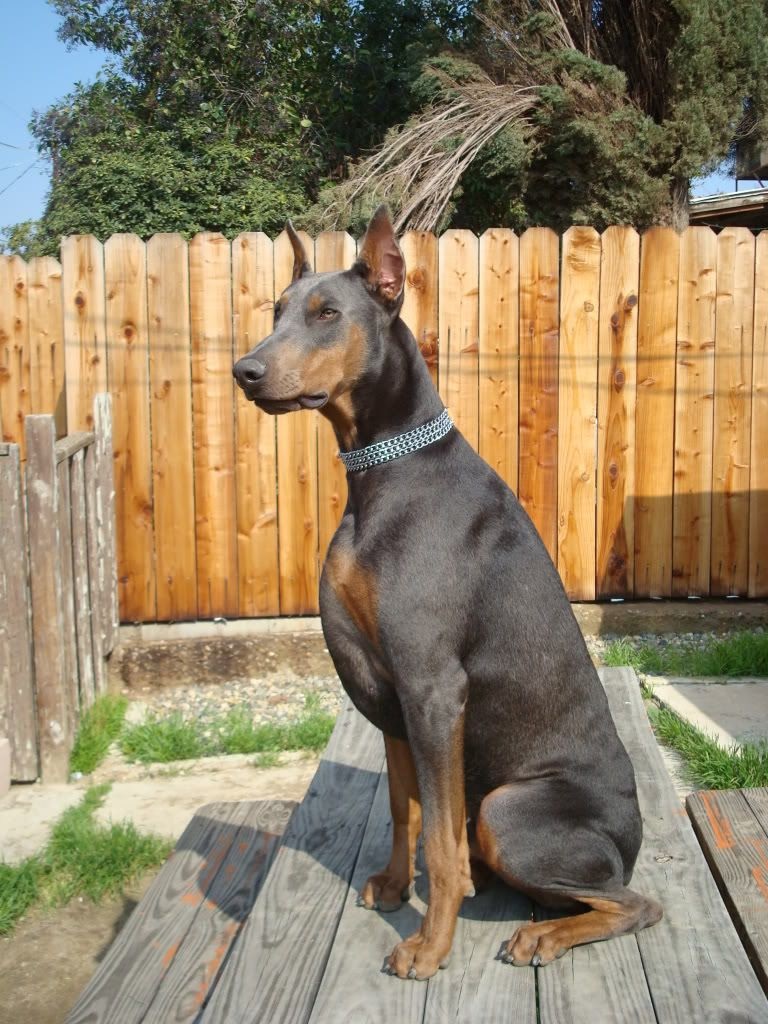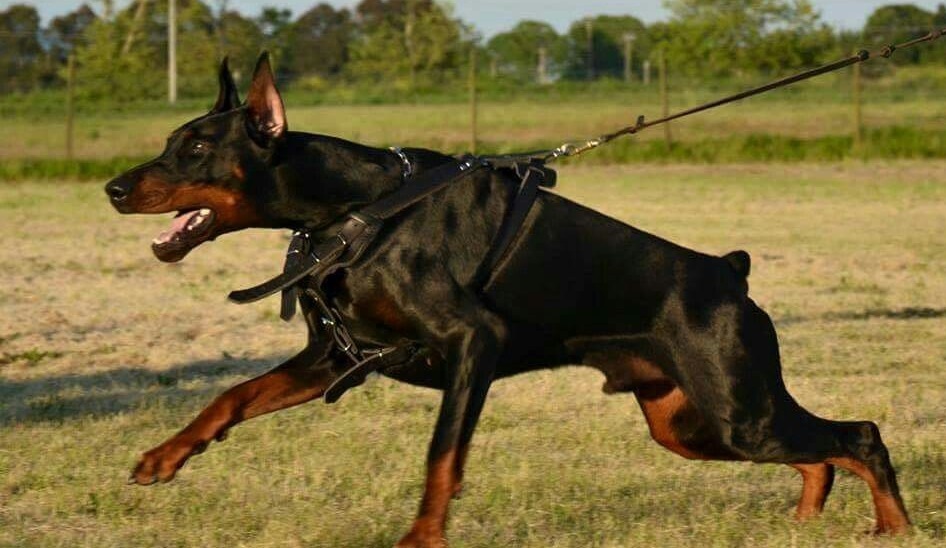Doberman Types
Doberman Types: Understanding the Different Variations
The Doberman Pinscher is a single breed, but its colors can vary. The most common are black, brown, and red Doberman Pinschers. In addition to these, some countries accept different color variations of the Doberman Pinscher breed. These include:
Blue Doberman Pinscher: Doberman Pinschers with a blue-colored coat. White Doberman Pinscher: Doberman Pinschers with a white-colored coat.
However, due to pigmentation issues that can lead to health problems, some countries do not accept the white color variation. White Dobermans are often more prone to health issues because of their lack of pigmentation.
Additionally, some breeders engage in practices such as crossbreeding with other breeds to produce different Doberman types. However, these practices do not conform to the Doberman Pinscher breed standards and can lead to health problems in dogs that do not receive proper training, care, and socialization.
King Doberman
The term “King Doberman” is a misleading term used to describe a color variation of the Doberman Pinscher breed. In reality, the standard colors for Doberman Pinschers are black, brown, and blue/gray.
Some people use the term “King Doberman” for Doberman Pinschers with a larger build and darker coat, believing that these dogs will have altered temperaments or be larger and stronger. However, these claims are scientifically incorrect, and dogs referred to as “King Dobermans” are merely variations of the Doberman Pinscher breed with different colorations.
Doberman Pinschers can be loving, loyal, and reliable pets with proper training and socialization. However, like any dog, they require appropriate care and training.

Blue Doberman
The term “Blue Doberman” refers to Doberman Pinschers with a blue color variation. This color is a light blue-gray or slightly blue-brown tone, instead of the typical black or brown coats.
However, this color variation is known to be associated with some health issues. Blue Doberman Pinschers may be more vulnerable due to a lack of pigmentation, which can lead to skin cancer, skin infections, and even blindness. As a result, some Doberman Pinscher clubs have banned the breeding of blue Dobermans.
Thus, the breeding and sale of Blue Doberman Pinschers are restricted or prohibited in some areas. It is also recommended that these dogs undergo veterinary checks and be carefully examined for health issues before purchase.
Regardless of color, Doberman Pinschers can be loving, loyal, and reliable pets with proper training and socialization. However, they require appropriate care and training like any other dog.

Black Doberman
The Black Doberman Pinscher is one of the standard colors for the breed. These dogs are characterized by their black coat with bronze-colored chest and legs. Black Doberman Pinschers are intelligent, protective, and brave, and they are commonly used as guard dogs or family pets.
Doberman Pinschers can be loving, loyal, and reliable pets with proper training and socialization. However, like any dog, they require appropriate care and training. Regular exercise, proper nutrition, medical care, and routine veterinary check-ups are essential for a healthy Black Doberman Pinscher.
Black Dobermans typically live between 10 to 13 years. Regular exercise and mental stimulation help them lead a healthy life. These dogs enjoy cognitive games and mental stimulation due to their intelligence.

Brown Doberman
The Red Doberman Pinscher is another color variation of the Doberman Pinscher breed. Red Dobermans have coats that are usually reddish or chestnut in color. Although not as common as black or brown Dobermans, they are still quite popular.
Red Doberman Pinschers are generally intelligent, active, and protective. With proper socialization and training, they can perform well as family pets. Red Dobermans can be loyal and loving to their owners.
Like other Doberman types, Red Dobermans also require regular exercise, proper nutrition, medical care, and routine veterinary check-ups. Due to their high energy levels, they need regular physical activity. They also enjoy engaging in cognitive and mental stimulation.
Red Doberman Pinschers can live between 10 to 13 years. Regular veterinary check-ups, necessary medical care, regular exercise, and proper nutrition are important for a healthy life.
White Doberman
White Dobermans are a white color variation of the Doberman Pinscher breed. However, White Doberman Pinschers are not like standard Dobermans. White Dobermans may be albino due to a lack of pigmentation.
Albinism occurs due to a decrease or absence of melanin, a pigment required to produce color in the eyes, skin, and hair. Consequently, White Doberman Pinschers have a white coat instead of the typical black or brown coats found in other Doberman Pinschers.
White Dobermans may be more prone to health issues. Pigmentation deficiencies can lead to skin cancer, skin infections, and other health problems. Additionally, White Dobermans have a higher risk of vision problems or blindness.
In some countries, the breeding or sale of White Doberman Pinschers is banned. Therefore, breeding and selling White Dobermans are very rare.
Doberman Pinschers can be loving, loyal, and reliable pets with proper training and socialization. However, like any dog, they require appropriate care and training. Regular exercise, proper nutrition, medical care, and routine veterinary check-ups are important for a healthy Doberman.
Doberman breeds are known to be active and require good socialization, appropriate training, regular exercise, and proper care. They may require more attention compared to other dogs.
Due to their strong muscular build, Dobermans need regular exercise and sufficient physical activity. Without it, they may exhibit destructive behaviors due to excess energy.
Dobermans are also a social breed and may experience social behavior problems if they do not receive adequate socialization. Therefore, they may require regular social activities, proper training, and strict discipline.
Overall, caring for a Doberman can be quite rewarding with proper training and care. However, individuals considering owning a Doberman should research thoroughly and consult a veterinarian or professional dog trainer before making a decision.
Caring for an active and intelligent breed like the Doberman requires a proper training and care program. Here are some general tips for caring for Dobermans:
Exercise: Dobermans need regular and sufficient exercise due to their high energy levels. Daily walks, running, or swimming can help them expend their energy and maintain a healthy lifestyle.
Nutrition: A proper diet is crucial for Dobermans’ health. High-quality dog food and adequate water intake should be provided. Since Dobermans are typically large dogs, attention should be given to their diet to prevent obesity.





Bir Yorum